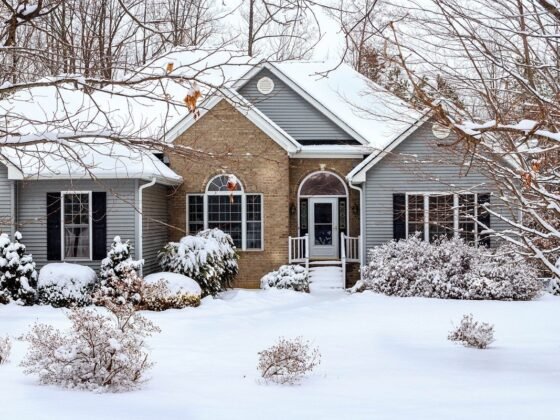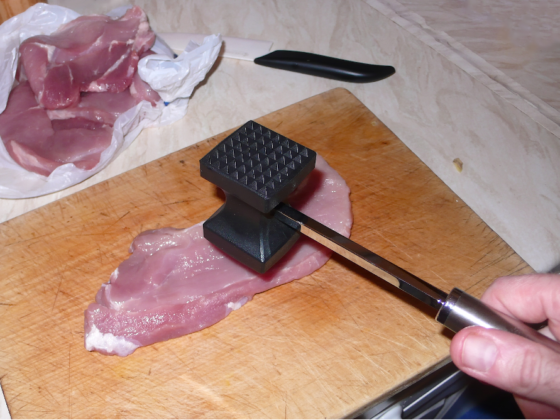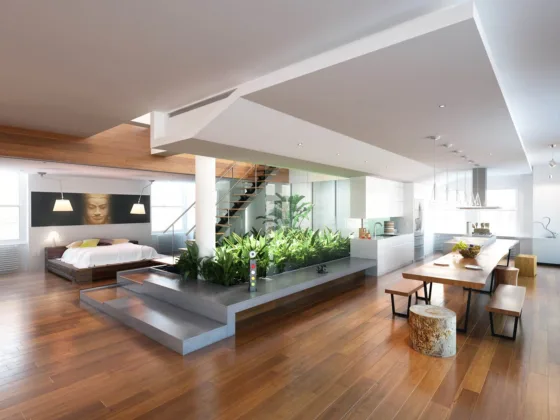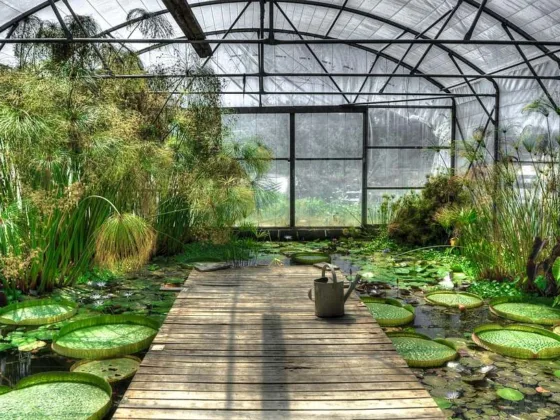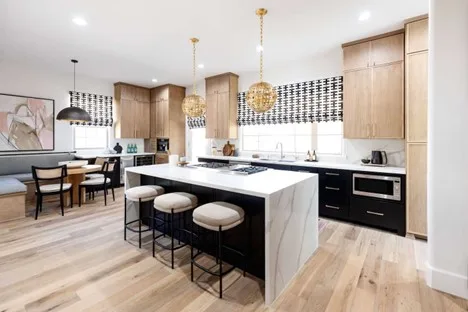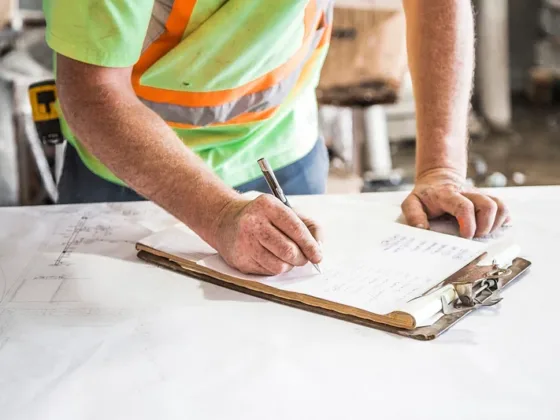Table of Contents Show
When we hear the word, Lacquer, we commonly hear it in conjunction with lacquer paintings. What we might not know is that it stretches to a whole host of indoor decors, such as wine holders, boxes, and of course, vases.
The lacquer itself is a naturally occurring resin. It can be found across Asia and the South East, and it is located in the cây sơn tree.
The process of making a lacquer item is a time-consuming process that usually takes around 3-6 months per item. Layers of lacquer must be added to the base material of a product, i.e, wood or stone, and then sanded and reapplied over a period of time.
The eventual result is that of the beautiful depth of color, robustness, and a glossy sheen that lacquer products provide.
Whilst any homeware product that has had a lacquer process applied to it looks fantastic, one item that it truly complements are lacquer vases.

From our expert opinion, here are the best lacquer vases currently on the market – ideal for fireplaces, dining tables, or centerpieces.
1. Vietnamese Lacquer Wooden Vases
Black and white is a style that encompasses elegance, class, coolness, and versatility which makes it an interior designer’s dream.
In these vases, curvy cream swirls of white and browns meet a dramatic black background to ensure this is a lacquer vase that’s bound to attract compliments.
On closer inspection however you’ll notice that this design is actually made up of thousands of tiny, crushed pieces of eggshell. These have all been delicately and lovingly hand-placed by traditional Vietnamese lacquer artists in Vietnam where eggshell ‘painting’ is a traditional art form.
Perfect for a black or white marble mantlepiece, or even on a dark coffee or dining table the subtle effects of the shading and gradations will come to life. In the light, look for dancing patterns of both beige, cream, and tan-brown highlights.
2. Indian Kashmir Lacquered Vases
Indian Kashmir Lacquered Vases come in a number of different patterns and styles.
A number of styles will comprise a lacquered vase in globular shape. Traditionally the vase will rest on a short straight foot which will rise to a widely everted neck with a circular mouth.
This is because of the floral inspiration that these types of vases take on. It will be quite common to see floral bands decorating the vase which could comprise a number of different flowers. Some types include carnations, hyacinths, roses, poppies, and trailing trellis with green foliage.
It’s also quite typical to find that decorative elements of the vase are highlighted in rich golds with polychrome floral bouquets on either the top of the lid or the sides. On some vases, concentric decorative bands with calligraphic cartouches and floral scrolls can be located on the lid.
A genuine Indian Kashmir Lacquer Vase will be pricey and will start upwards of $1,000. They certainly make a great kitchen, dining table, or fireplace centerpieces.
3. Carved Cinnabar Lacquer Vase
Carved Cinnabar Lacquer Vases date from the beginning of the Qing dynasty, and for contemporary editions, often use imagery found in the dynasty.
In these styles, the decorative elements of the vases are usually characterized by deep and naturalistic carvings, as well as a visible glossy smoothness to the finishes.
Cinnabar vases are often carved with scenes taken from the famous Ming Dynasty novel, Romance of the Three Kingdoms (Sanguo yanyi) by Lou Guanzhong.
Characters in the carvings can include Zhuge Liang, Chancellor of the Kingdom of Shu, Meng Huo, King of the Nanman tribe, Cao Cao, Chancellor of the Eastern Han, Liu Bei and Sun Quan, two warlords who founded the kingdoms of Shu and Wu, and Wei commander Sima Yi.
Alternatively, vases can also be carved with three scenes of children at play. These large lacquer vases that feature intricate carvings of figural scenes in varying forms can be found in a variety of museum collections. When they are sold in lots, they often fetch high prices, sometimes up to $4,000 or more.
This is because the history and expertise that goes into the making and carving of these vases are priceless. A lot of the traditions will have been passed on through generations in specific forms, and each piece is individual to the artist that created the work.
4. Japanese Gold Lacquer & Shibayama Silver Mounted Vases
“Shibayama” refers to the definition of a Japanese art form. The art form details the Japanese process of lacquer application. The process involves using an inlay of a design into ivory or wooden base and then combining this with varying carved natural materials of different colors and textures and colors.
Some of these textures include stained ivory pieces, sea-shells, and horns.
Most commonly, Shibayama vases are presented in opulent golds and silvers to reflect on the grandeur of the Meiji period in Japan between 1868 and 1912.
The decorative vases stand upon three silver feet which typically are crafted to take the form of Elephant heads. Meanwhile, the main bodies of the vases are delicately decorated in varying shapes and then decorated in Gold lacquer techniques.
Patterns can take the form of stylistic segments, geometric designs, and even mixed patterns.
Floral bands encompass each side of the vases and the shoulders of the vase, which are often segmented in style, are finished and decorated with a bright Nashi-Ji ground.
The vases’ slender necks are also given a Greek key border, which often again appear geometric in style and design.
Amongst all this, fine quality Shibayama detailed Gold lacquer panels decorate the vases of this style. Common images include Cockatiels sitting high on perches amongst trailing green flora, with traditional Japanese items by their sides such as Ikebana baskets.
Others will depict birds drinking from Koro’s amidst an opulent and Oriental garden setting. If the bird is not drinking, it’s also common to see a bird in flight above a floral hanging display.
The vases are however always incredibly lacquered with deep glossy finishes and depths of color. They are expensive and can range anywhere from $1000 to $2000 at auction.
We hope this serves as a useful buying guide as you begin your lacquer vase collecting journey. It’s always important to talk to lot owners who can provide information detailing whether or not the vase is genuine.

